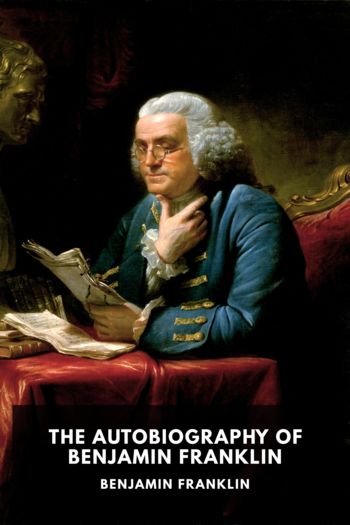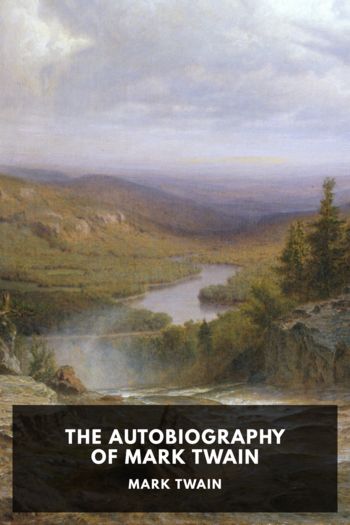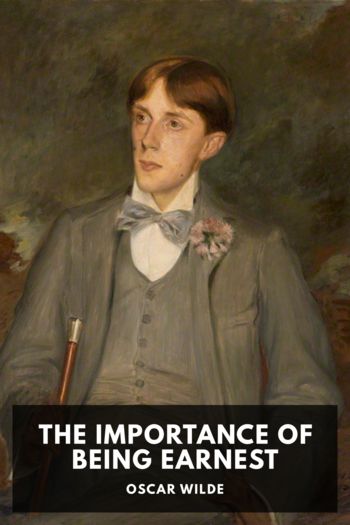Living History, Unknown [books to read in your 20s female TXT] 📗

- Author: Unknown
Book online «Living History, Unknown [books to read in your 20s female TXT] 📗». Author Unknown
I told him, “I’ll get you the statistics to prove it.”
He replied, “I’ll get my own.”
The next day, during a meeting with the Governors, he slipped Bill a note: “Tell Hillary she was right.”
This time I believed Bill should carefully consider whether to run. In June of 1991, he attended the annual Bilderberg Conference in Europe, which brought together leaders from all over the world. After listening to Bush Administration officials defend their policies, he called to tell me how frustrated he was with their prescriptions for economic growth and nearly everything else. “This is crazy,” he said. “We’re not doing anything to get the country ready for the future.” I could tell as much from the tone of his voice as his words that he was seriously thinking through the arguments he would make if he decided to run. He had enhanced his national standing through his work in the National Governors Association, and his record in Arkansas on education, welfare reform and economic development was considered a success. When we attended the annual Governors Conference in Seattle in August, I was not surprised that a number of his Democratic colleagues told him they would support him if he was serious about running.
After the conference, Bill, Chelsea and Itook a short vacation to Victoria and Vancouver, Canada, to talk over what he should do. Chelsea, now eleven, was significantly more mature than she had been four years earlier and ready to offer her opinions. She and I agreed: Bill could be a good President. Luckily, the primary campaign would be shorter and more focused than usual because Senator Tom Harkin of Iowa was running, which meant Bill could bypass the Iowa caucus and go straight to New Hampshire. He already had spent time there setting up a DLC chapter, and he thought he could compete against Senator Paul Tsongas of Massachusetts for the “new Democrat” vote. As Bill discussed the pros and cons with us, he assured Chelsea that his schedule would include all of her important dates, like the annual Arkansas Ballet performance of The Nutcracker, and that we would still go to Renaissance Weekend over New Year’s like we always did. I could not have predicted all that would happen, but I believed Bill was prepared on the substance of what needed to be done for the country and how to run a winning political campaign.
We figured: What did we have to lose? Even if Bill’s run failed, he would have the satisfaction of knowing he had tried, not just to win, but to make a difference for America.
That seemed to be a risk worth taking.
CAMPAIGN ODYSSEY
I got a hint of what it took to survive a presidential campaign in September 1991, when I bumped into Hal Bruno in a hallway of the Biltmore Hotel in Los Angeles. Bruno, a veteran television producer and a casual acquaintance, was in town to check out potential presidential candidates during the fall meeting of the Democratic National Committee.
He asked me how it was going.
I must have looked bewildered. “I don’t know. This is all new to me. Do you have any suggestions?”
“Just this,” he said. “Be very careful who you trust. This is different from anything you have been through before. Other than that, try to enjoy the experience!”
It was sage advice, though it would be impossible to run an undertaking as complex and pressured as a presidential campaign without trusting an awful lot of people. We started with the array of friends and campaign professionals we knew we could rely on.
As soon as he decided in September to enter the race, Bill contacted a skeletal crew of advisers to help him launch his candidacy. Craig Smith, a longtime aide, left the Governor’s payroll to work on operations until a full-fledged campaign could be assembled, and he then became its Director of State Operations. On October 2, 1991, many of Bill’s advisers were in Little Rock to help him shape his announcement speech scheduled for the following day. The scene of creative chaos in the mansion that night would be typical of the entire campaign. Stan Greenberg, the pollster, and Frank Greer, the media adviser, along with Al From, the President of the Democratic Leadership Council (DLC), and Bruce Reed, the DLC’s Policy Director, huddled around Bill all day and into the night, trying to get him to finish his crucial speech. Bill made phone calls, read through his previous speeches and dove into trays of food laid out on the table. Chelsea, eleven years old and a budding ballerina, jetted between rooms and pirouetted around her father and our guests until her bedtime. At four in the morning, the speech was done.
At noon the next day, in front of the Old State House in Little Rock, a reenergized Bill Clinton stood with Chelsea and me before a bank of microphones and TV cameras and declared his intention to run for President. His speech laid out his emerging critique of the Bush Administration. “Middle-class people are spending more time on the job, less time with their children and bringing home less money to pay more for health care and housing and education. The poverty rates are up, the streets are meaner and ever more children are growing up in broken families. Our country is headed in the wrong direction, fast. It’s falling behind, it’s losing its way, and all we’ve gotten out of Washington is status quo paralysis, neglect and selfishness … not leadership and vision.”
The campaign he wanted to run would be “about ideas, not slogans” and would offer “leadership that will restore the American dream, fight for the forgotten middle class, provide more opportunity, demand more responsibility from each of us and create a stronger community in this great country of ours.” Behind his rhetoric were the specific plans that Bill would present during the course of the primary campaign to persuade Democratic voters





Comments (0)